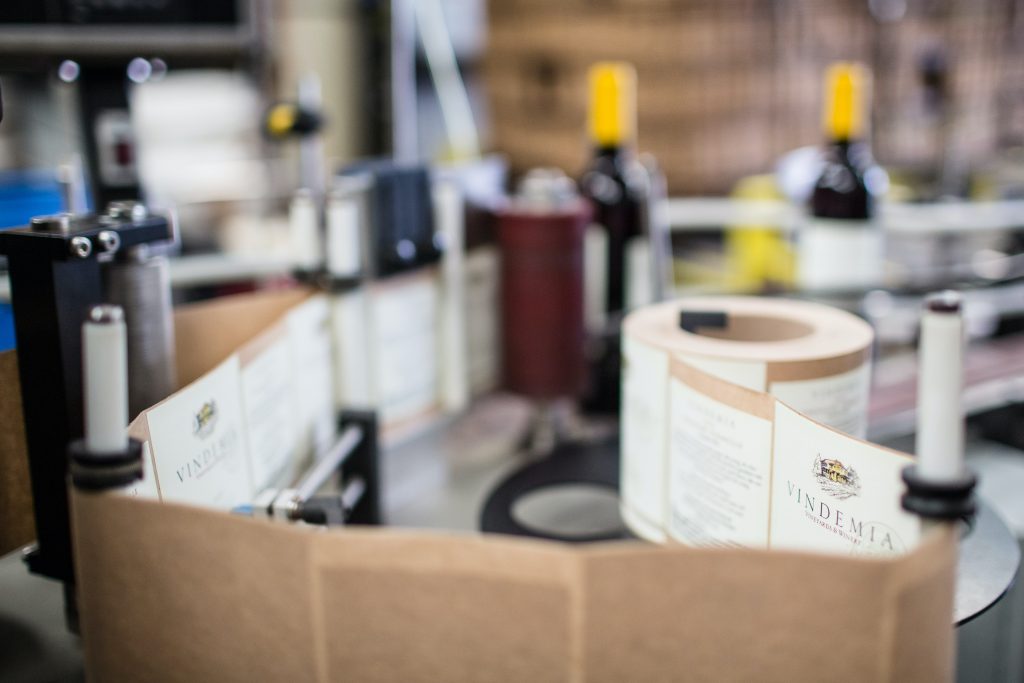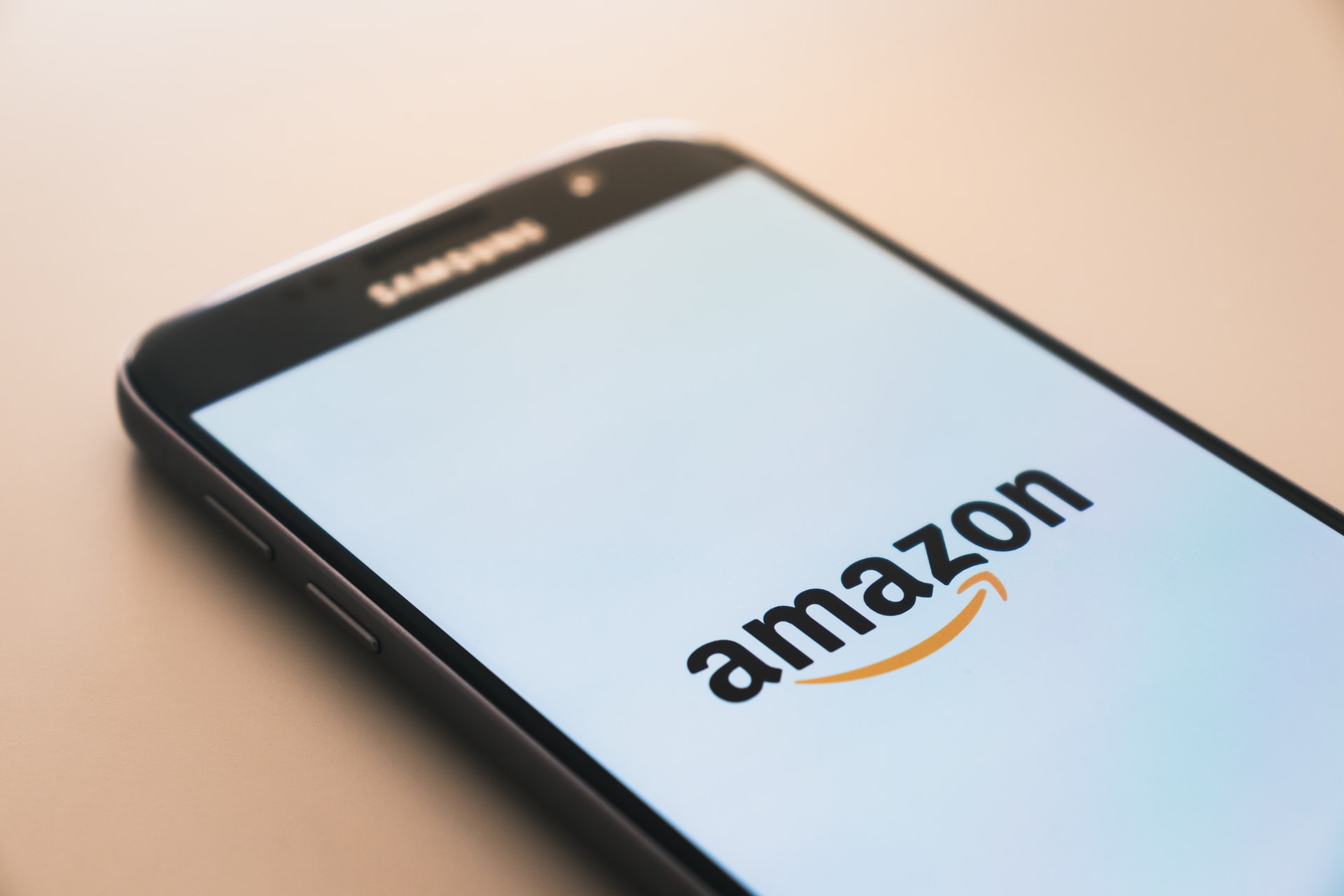Fulfillment by Amazon (FBA) is a service offered by the giant multi-national corporation, Amazon.com.
It allows other companies to send their products to be stored and shipped from one of many locations around America that are run by Amazon. What this means for entrepreneurs like you and me is that we can sell on Amazon’s website, and not even have to deal with buying or shipping our own products.
This is an attractive offer for both sides. Amazon gets more business (and money), while the companies that outsource their sales to Amazon get their products sold for them without having to pay anything extra in-store setup costs, storage fees, or multiple shipping fees.
After taking a look at all of these benefits, it’s easy to get excited about the potential for your Amazon business. However, there are some things you need to know before you make your commitment final. Some things that might affect the success of your fledgling company if ignored now could be easily avoided. Here, we’ll take a look at 7 things you need to know before committing to Amazon FBA.
Before you start
You have to pick the best-fir business model for yourself, apart from Amazon FBA, there are tons of online business models like dropshipping or online arbitrage. You can also get the ultimate guide of dropshipping vs amazon FBA from here.
If you confirmed to use the FBA model, let’s get started for a more in-depth tutorial…
Monthly fees

The fee structure here depends on the type of account you have with Amazon. For a professional seller, there is a monthly subscription fee of $39.99 which allows unlimited FBA listings. For an individual seller, the fee is $0.99 for each item that you want to sell on Amazon.
Storage fees
These are variable costs that depend on the size of your product and how long it takes to ship them out. The more items you have in your inventory, the higher this cost will be.
Other hidden fees when using FBA
Referral fees
Amazon takes a referral fee out of every item you sell. This is typically around 15%, but the company sets this rate and can change it at any time.
Long-term storage fees
This is another fee that impacts the profitability of your products. If your items don’t sell within 12 months, Amazon may start charging you for long-term storage fees. These can be as high as $2 per month for every item in your inventory, depending on the price.
You need to pay the shipping fee to the FBA warehouse when you send in your products
This is another charge that you may not have considered before. Although Amazon does everything for you, this doesn’t include the shipping process.
If you want to have your products shipped from the manufacturer directly to the FBA warehouses, you’ll need to pay for this process.
Make sure you factor it into your budget.
Amazon has specific rules and regulations for people who want to sell on their website
One thing that Amazon makes abundantly clear is that they are the ones who decide who can sell on their website. They keep very strict guidelines about how many products you can sell and depend on the category, there may be different rules for even Amazon themselves to follow.
So before you go out of your way to spend time and money advertising your products on FBA, make sure your products fit the criteria.
Some products are not allowed to sell on Amazon. This includes any product or service that falls in the prohibited category. The prohibition includes firearms, marijuana, computer software, and so on.
Can suppliers manage their own listings?

One of the reasons people like FBA is because it doesn’t require any work on their part.
Amazon takes care of the inventory, storage, and shipping for you. They are also able to manage your listings on your behalf.
If this is something you want to avoid, then FBA probably isn’t for you. You will need to find a way to deal with all of these things directly if you plan to sell on FBA.
Would FBA do the labeling for you?
There are a few things companies ask FBA to do for them, but labeling is definitely not one of them.
If you want to sell on Amazon, you will have to provide the company with your product’s label, including all of the details that are required.
This may not seem like a big deal, but it can be time-consuming and tedious to create your labels from scratch. If you have contractual agreements with the manufacturer, you’ll also need to come up with a way to include the supplier’s information on your items.
Which countries offer FBA?
Before you decide to sell on Amazon and send your items over to FBA, make sure that they are allowed in the country you want to target.
FBA is currently available in the United States, Germany, United Kingdom, France, Italy, Spain, Canada, Australia, Singapore, Japan, and the Middle East. If your desired destination isn’t listed here, it may not be possible for you to use FBA.
There is a way around this, but it will take more effort on your part to create an alternative shipping solution that works for you. You’ll need to weigh the pros and cons of using Amazon FBA before you make up your mind.
Conclusion
Amazon FBA is a great service for those who want to sell their products online and focus more on the marketing side of their business.
It alleviates some of the stress that comes with managing inventory and shipping, but it isn’t perfect.
Make sure you understand and accept all of the terms and conditions before committing to using this service. Look at other alternatives that might work better for you, depending on your personal circumstances.
There are tons of other ways to sell online; find the best one for you and get started today!
